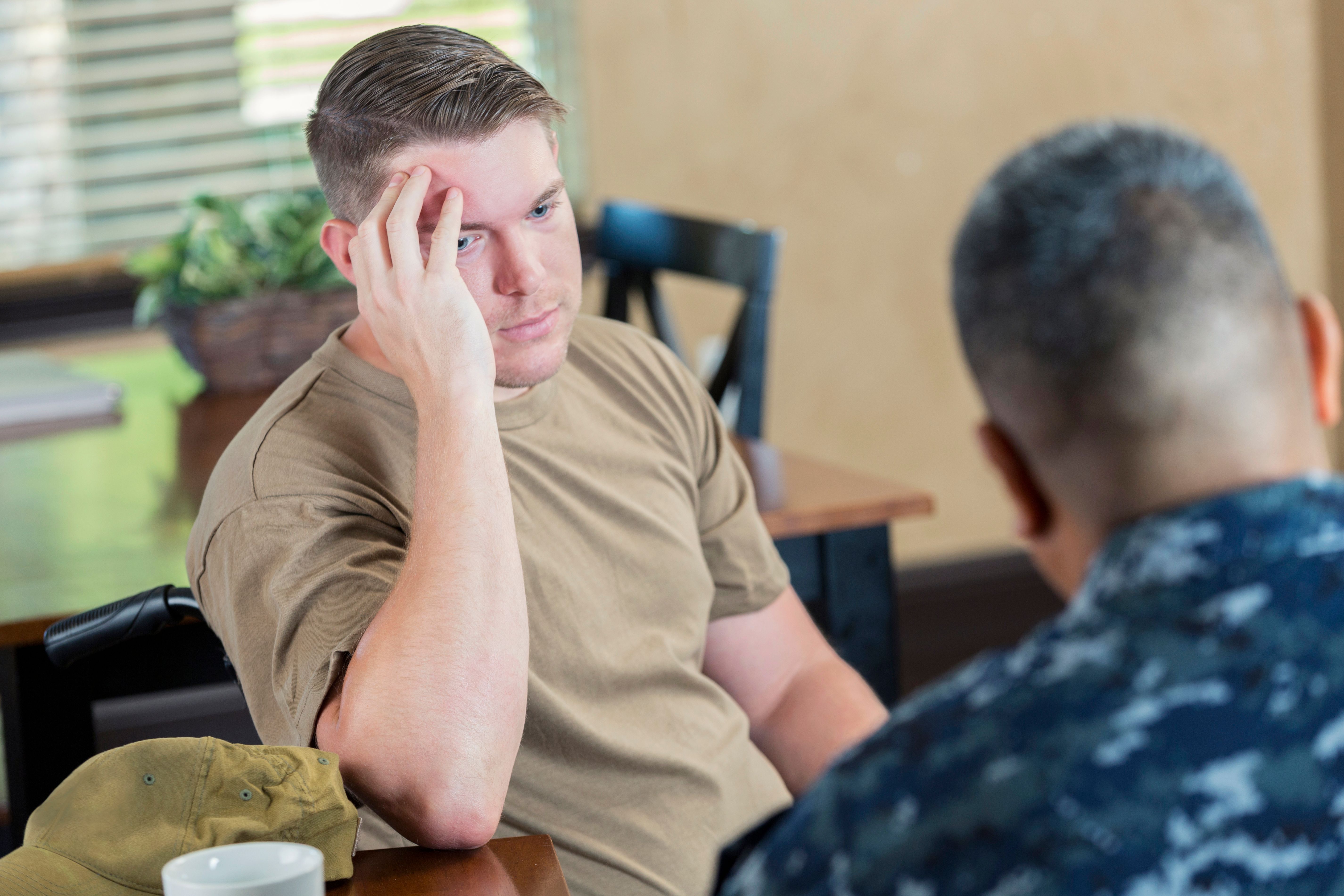In the military, soldiers share a commitment to loyalty, integrity, and mutual respect. However, many Service members experience sexual assault or threatening sexual harassment during military service. Preventing and responding to sexual assault is a leadership priority. Leaders must maintain a healthy command climate, support diversity and inclusion, and affirm the contributions of all personnel.
Veteran’s Affairs (VA) uses the term military sexual trauma (MST) to refer to sexual assault or threatening sexual harassment experienced during military service. MST includes any sexual activity during military service in which you are involved against your will or when unable to say no.
MST is not limited to women. People of all genders, ages, sexual orientations, racial and ethnic backgrounds, and branches of service have experienced MST. It is hard to know the exact percentage of MST victims in the military due to lack of reporting, but approximately 1 in 3 women and 1 in 50 men have experienced MST.
Each branch of the military has a system in place to prevent and respond to sexual assault. For example, the army has the Intervene. Act. and Motivate. (I.A.M.) STRONG campaign, an initiative designed to engage soldiers at every level in the fight against sexual harassment and assault. Through education, awareness, and commitment to Army values, this campaign empowers soldiers to become proactive agents of change within their units.
Active Bystander Intervention
The Department of Defense (DoD) recognizes the crucial role of Service members in preventing sexual assault and harassment. Active bystander intervention equips soldiers with the skills to identify potential threats and intervene safely. From helping friends in uncomfortable situations to suggesting intervention strategies at social gatherings, soldiers can actively contribute to the prevention effort.
Active bystander intervention takes many forms. The goal of active bystander intervention is to stop a sexual assault before it occurs. Safety is paramount, and soldiers should assess the situation, avoid conflict, and seek assistance if needed. To avoid verbal or physical conflict, remember the ABCs of bystander intervention.
Assess the safety of the situation: Check that all parties involved are safe and then decide if you should call the police. If you’re unsure if the situation is safe, call 911.
Be with others: If it’s safe to intervene, do so with others if possible. You’re likely to have a greater influence and intervene more confidently if you have backup.
Care for victims: Ask the victim if they are OK. Find out if they need medical care or want to talk to a sexual assault response coordinator (SARC) to report the incident. The SARC will help them open a case and explain procedures. Make sure they have a safe ride home.
Build a Culture of Prevention
Soldiers must actively work to create a healthy climate within their units. When victims don’t feel comfortable coming forward, instances of sexual harassment and sexual assault go unreported. This involves supporting victims, allowing them to express their emotions, and ensuring their safety.
For example, the U.S. Coast Guard (USCG) has specific protocols to prevent retaliation (reprisal, coercion, ostracism, maltreatment, witness intimidation). Retaliation not only harms the lives and careers of sexual assault victims, but also undermines morale, unit cohesion, and readiness.
For more information on preventing sexual assault in the military, visit the QuickSeries™ library. We have branch-specific guides for the Army, Air Force, USCG, Marines, and Navy.
